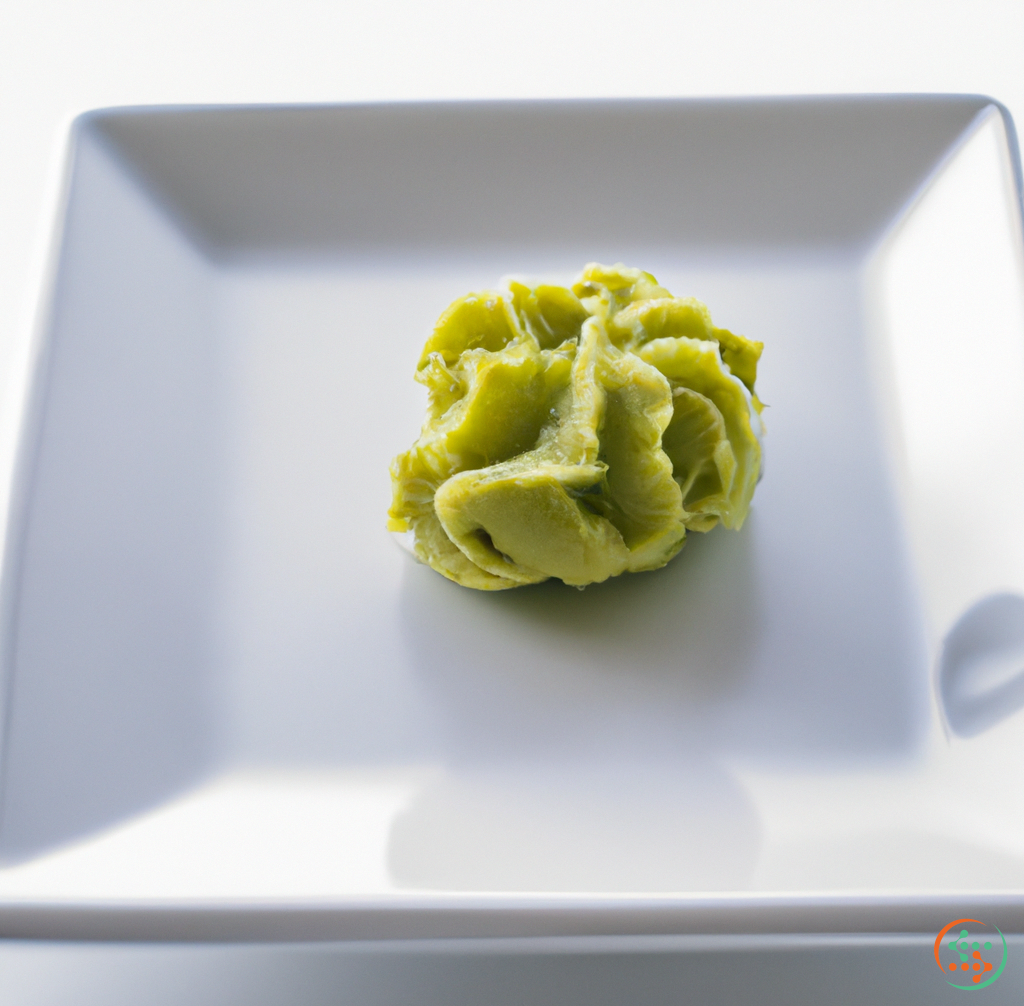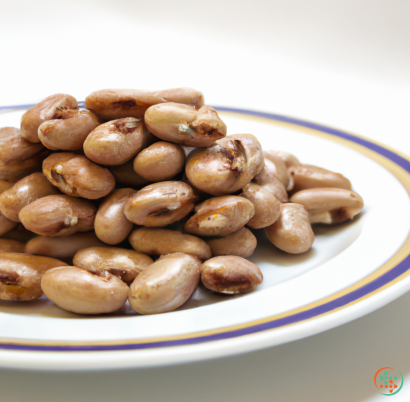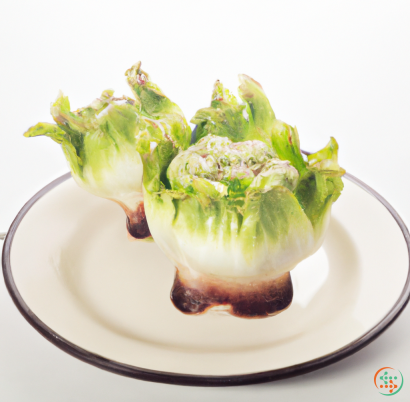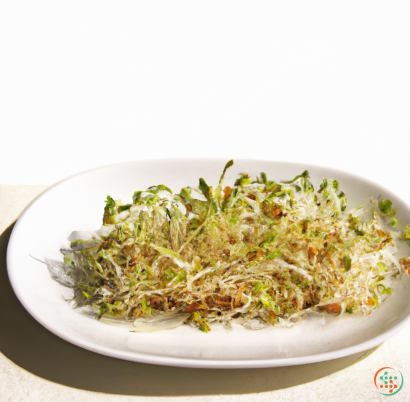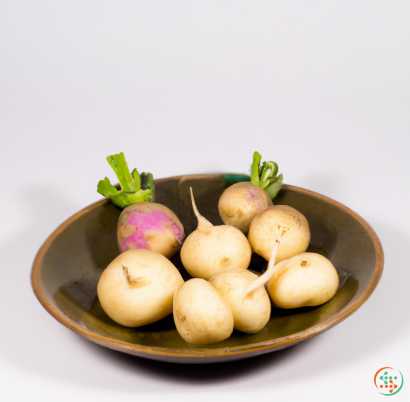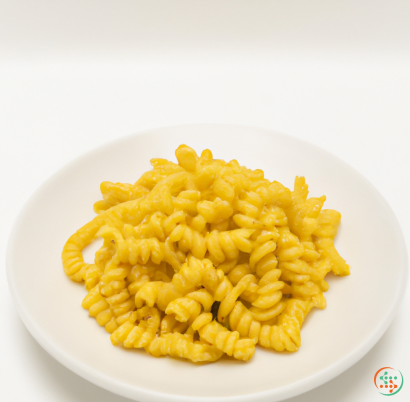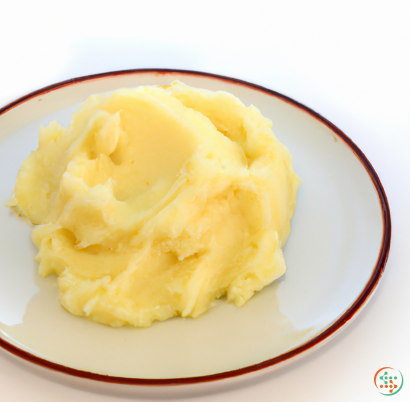Wasabi
Wasabi, also known as Japanese horseradish, is a spicy, pungent root vegetable commonly used as a condiment in Japanese cuisine. It's typically served alongside sushi and other raw fish dishes, but the versatile root vegetable can be used in a variety of dishes. Wasabi is readily available in powdered and paste forms, so if you can't find fresh wasabi root at your local grocery store, you should still be able to find it in Asian specialty stores.
Wasabi is a member of the Brassicaceae family and looks similar to horseradish and mustard. In Japan, wasabi is often served freshly grated upon request, but grated wasabi does not stay fresh for very long. So, if you're lucky enough to find fresh wasabi, try to use it the same day you buy it. Otherwise, you can purchase dried wasabi powder which, when mixed with water, can create a paste that keeps for weeks, or longer if kept frozen.
Although it's native to Japan, wasabi is more of a rarity in the region, since it requires very specific growing conditions. Wasabi can only be grown in very cool, fast running river water; the clean, cold water helps the wasabi root to retain its spicy and pungent flavor. Wasabi is now being cultivated all around the world, but its true flavor profile can only be achieved in its natural habitat of the ever-running spring water of Japan.
The flavor of wasabi varies greatly depending on its freshness and preparation. Freshly grated wasabi root has a bold – yet delicate – flavor known as sansho or pana wasabi, which is milder compared to the overpowering pungency of commercially available powdered wasabi. Fresh wasabi root can be cut into thin slices and added to salads, stir fries, and even dips, adding a spicy and aromatic twist to any meal.
Nowadays, the powder-based version of wasabi is frequently used and is typically a combination of horseradish powder and green dye to mimic the color of wasabi. A good way to tell whether you’re eating genuine wasabi or not is to look at the color; real wasabi should have a uniform green color, and no spots or streaks.
As well as its culinary uses, Wasabi has also been prized in Japan for centuries because of its healing and medicinal properties. Wasabi contains compounds that are known to help reduce inflammation, and some studies suggest that wasabi may even have cancer-fighting properties. Wasabi is also known to contain high amounts of potassium and Vitamin C, so it's a great way to up your daily nutrient intake.
Whether you’re a sushi fan or just someone who enjoys a bit of spice, wasabi is the perfect addition to your pantry. Not only does it boast a unique flavor, but its high nutrient content, healing and medicinal benefits make it more than worth its weight in gold. Whether you’re using freshly grated wasabi, wasabi powder, or wasabi paste, you’re sure to find countless uses for this pungent and flavorful root vegetable in your kitchen.
What is Wasabi?
Wasabi, sometimes referred to as Japanese horseradish, is a spicy and pungent green condiment that is used to flavor many traditional Japanese dishes. It is made from grated wasabi root and typically served with sushi and sashimi. Wasabi is a key ingredient in many Japanese cuisines, and its unique flavor has made it popular around the world.
The Origin of Wasabi
Wasabi is native to Japan, and its first use as a condiment was recorded in the 8th century. Its precise origin is unknown, but it is believed to have been cultivated near hot springs in Japan. This explains why it prefers larger amounts of water and moist conditions, as those are necessary for its growth. Traditionally, wasabi was ground fresh from a Daikon radish and served in its wet form.
The Production Process of Wasabi
The preparation of wasabi requires a precise combination of natural elements, temperatures, and careful monitoring. Additionally, it is a slow process, and the root can take up to 18 months to develop its distinctive flavor and aroma.
The growth process begins by selecting the Daikon radish root and then cutting it in half. The root is then wrapped in natural casing, such as straw, and placed in cold, running water from a nearby springs. Doing so allows oxygen and nutrient-rich water to reach the root. This is necessary for its growth. The root is placed in tanks that are continuously flushed with water, and the temperature and oxygen levels are carefully monitored. After one or two months, the root will begin to sprout and the color of the root will turn from white to green.
Once the root has been grown and aged to the appropriate stage, it is peeled and grated. This is done with a specialized tool, similar to a cheese grater. The powdered wasabi is then combined with water and other ingredients, such as mustard and horseradish, to create a paste. At this point, the paste can be used fresh or packed and shipped for commercial sale.
The Journey of Wasabi to the Dinner Plate
Once it has been prepared, wasabi must travel from its source to the dinner plate. But how does wasabi get from the farm to the diner?
The first stop for wasabi is the processing plant. At the plant, the freshly picked wasabi roots are washed and cut in half. Then, the root is placed in a tank where it can soak for several weeks or months, depending on the environment and desired flavor. Once the wasabi is ready, it is peeled and grated on a production line. The grated wasabi is then blended with other ingredients to create the traditional paste that is commonly used.
After the wasabi paste is ready, the next step is shipping and distribution. Depending on the size and type of restaurant, the wasabi may be shipped directly to the restaurant, or it may be sent to a storage facility before being distributed. If it is sent to a storage facility, it must be kept cold and refrigerated to maintain its quality. Additionally, the wasabi must be transported in an airtight container to prevent spoilage during the journey.
Once the wasabi has been shipped to the restaurant, a chef or a sushi chef is responsible for preparing it and serving it to customers. Typically, a sushi chef will place a spoonful of prepared wasabi onto a small plate and then mix it with soy sauce before serving it to customers. This combination is known as “wasabi-soy sauce”, and it is served alongside sushi and sashimi.
Conclusion
Wasabi is a popular condiment with a unique flavor that is beloved around the world. From its growth near hot springs in Japan, to its preparation and distribution, wasabi has taken an interesting journey to get to the diner’s plate. While there is a lot of work that goes into preparing and transporting wasabi, the end result is worth the effort, as it adds a tasty and flavorful kick to many traditional Japanese dishes.
| Vitamin A | 0.002 mg | |
| Beta-Carotene | 0.021 mg | |
| Vitamin C | 0.0419 grams | |
| Vitamin B1 | 0.13 mg | |
| Vitamin B2 | 0.11 mg | |
| Vitamin B3 | 0.74 mg | |
| Vitamin B5 | 0.2 mg | |
| Vitamin B6 | 0.27 mg | |
| Vitamin B9 | 0.018 mg |
| Calcium | 0.128 grams |
Daily Value 1.3 g
|
| Iron | 0.00103 grams |
Daily Value 0.018 g
|
| Magnesium | 0.069 grams |
Daily Value 0.4 g
|
| Phosphorus | 0.08 grams |
Daily Value 1.25 g
|
| Potassium | 0.568 grams |
Daily Value 4.7 g
|
| Sodium | 0.017 grams |
Daily Value 2.3 g
|
| Zinc | 0.00162 grams |
Daily Value 0.011 g
|
| Copper | 0.16 mg |
Daily Value 0.9 mg
|
| Manganese | 0.39 mg |
Daily Value 0.0023 g
|
| Total Sugars | 0.131141 grams |
per 100g
|
